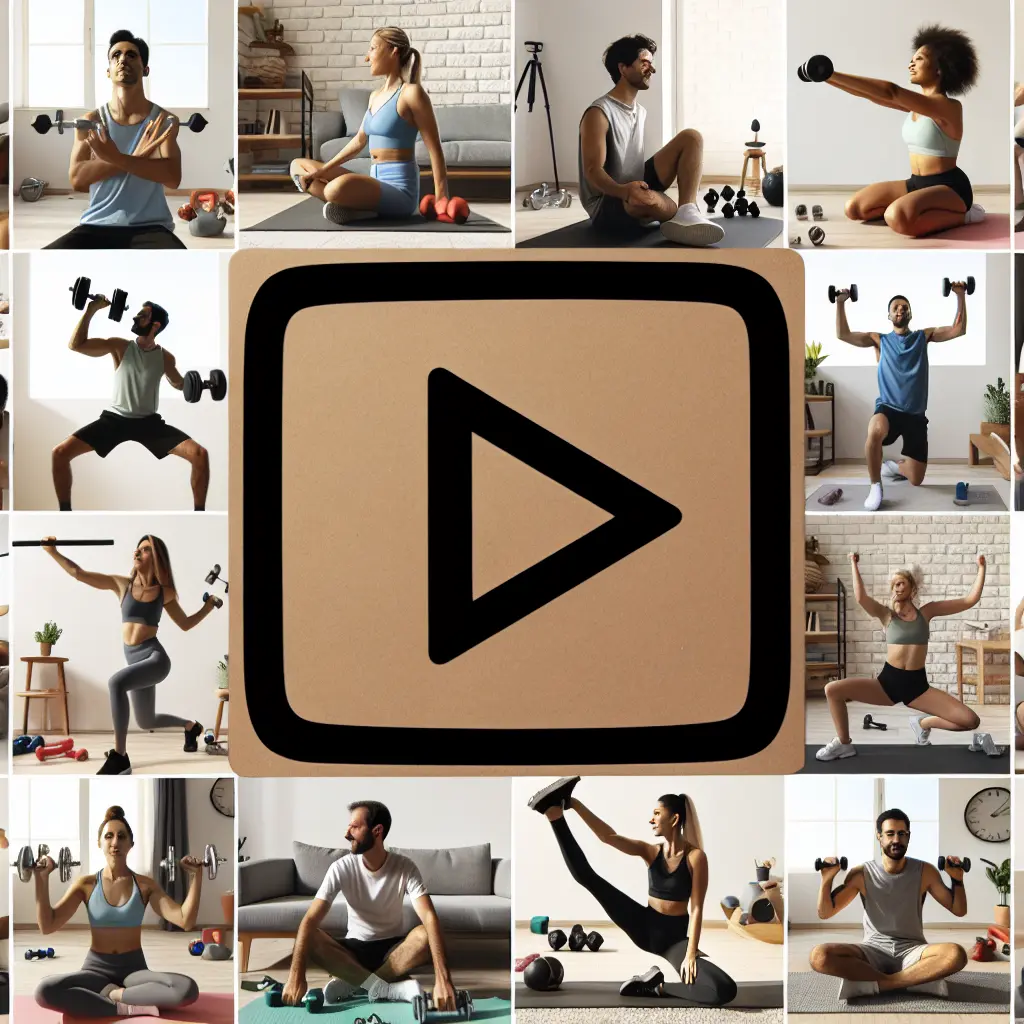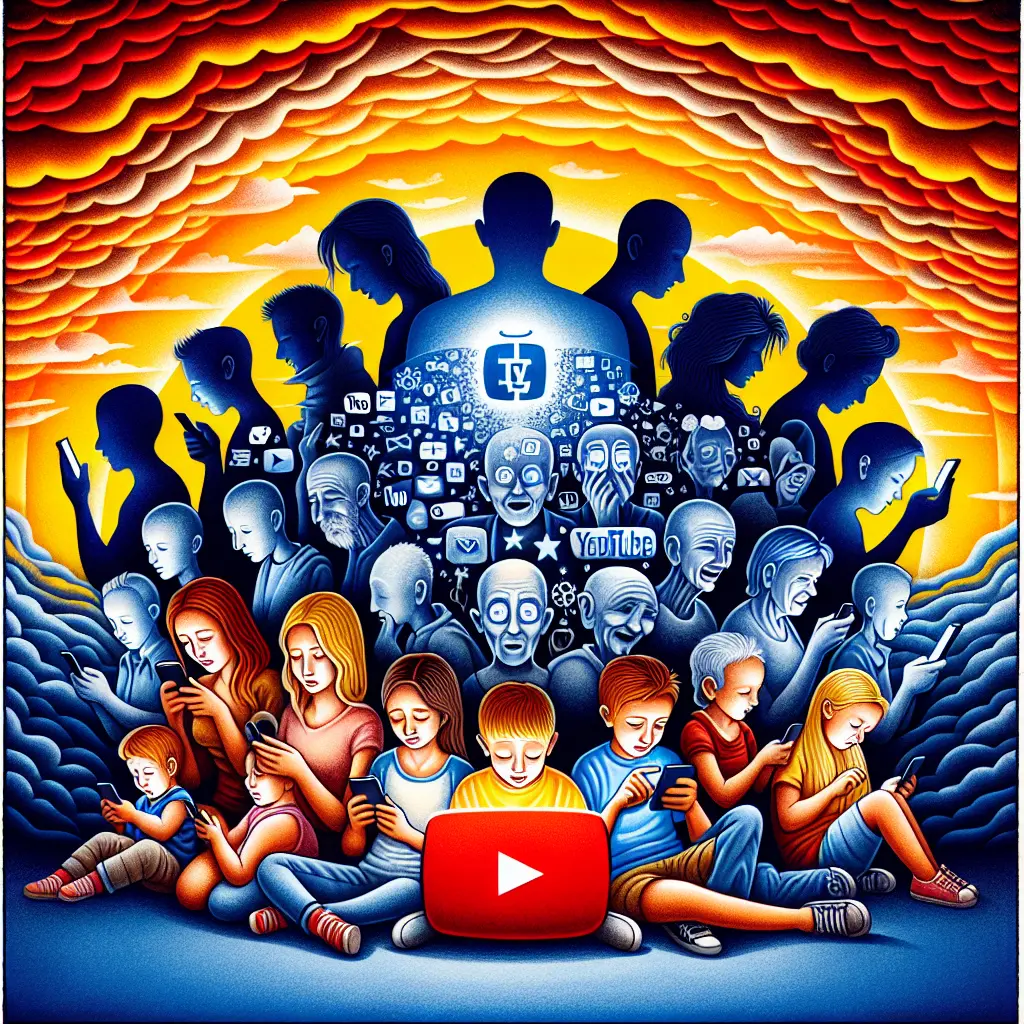In recent years, the intersection of technology and lifestyle has significantly shifted the way we approach personal fitness. YouTube, a giant in the digital landscape, has played a pivotal role in molding home fitness trends, essentially redefining how, when, and where we work out. From yoga mats spread across living room floors to weights clinking in makeshift garage gyms, the influence of YouTube on the fitness industry is profound and multifaceted.
The rise of YouTube fitness trends is not just about accessibility; it's about a diverse array of content that caters to every fitness level and interest. Whether it’s a high-intensity interval training session, a calming yoga flow, or a challenging strength workout, home workout YouTube channels offer an extensive library of options. This convenience factor paired with expert guidance from YouTube fitness influencers has democratized fitness in unprecedented ways.
YouTube Fitness Influencers: Pioneers of Modern Fitness YouTube fitness influencers are at the heart of this digital fitness revolution. They leverage the platform to inspire, educate, and motivate millions from the comfort of their homes. Channels like Blogilates and FitnessBlender have millions of subscribers, and their impact extends beyond just views. They foster communities that support each other's fitness and wellness journeys, making the solitary activity of a home workout feel like a shared experience.
Moreover, these influencers contribute to shaping fitness channel trends by constantly innovating and adapting content to meet viewer needs and preferences. The relationship is symbiotic; as viewers' preferences evolve, so does the content, which in turn influences those preferences further, setting new trends in the process.
The Popularity and Accessibility of Online Fitness Videos One key factor in the surge of YouTube workout popularity is the sheer accessibility it offers. With just a click, viewers can access thousands of online fitness videos without the cost of a gym membership or the need to purchase expensive equipment. This accessibility is crucial in breaking down barriers to exercise, making it more inclusive for people who might not have the means or desire to go to a traditional gym.
Innovations and DIY Home Fitness YouTube
The DIY spirit is strong among home gym YouTube enthusiasts. Many channels provide creative solutions for those who prefer to set up their home gyms with minimal equipment. From using household items as weights to full tutorials on building budget-friendly home gym setups, these resources empower individuals to take control of their physical health in economically feasible ways.
Technological Advancements and Ethical Concerns Recent developments have also highlighted ethical considerations in the digital content realm. Notably, NVIDIA’s AI team was reported to have scraped YouTube and Netflix videos without permission, sparking discussions about privacy and consent in digital content usage. Moreover, AI models from tech giants like Apple and NVIDIA were reportedly trained on YouTube videos, which raises questions about copyright and data usage in technology development.
These incidents show a complex interplay between advancing technology and maintaining ethical standards, especially as digital platforms like YouTube become integral to various industries, including fitness.
The Broader Impact on the Fitness Industry The influence of YouTube extends beyond individual fitness routines. It has catalyzed shifts in the entire fitness industry. Traditional gyms and personal trainers now recognize the importance of having an online presence and often incorporate YouTube or other digital platforms into their business models. This blend of offline and online fitness solutions enriches the industry, offering hybrid models that cater to a wider audience.
Recent News Impacting the YouTube Landscape
The recent passing of long-time Google exec and former YouTube CEO Susan Wojcicki has sent ripples through the tech community. Her vision was instrumental in shaping YouTube into a platform that supports diverse content creators including those in the fitness domain.
Furthermore, YouTube’s invitation for users to test its community notes feature signifies a move towards more interactive and user-engaged content. This could potentially enhance how fitness content is consumed and shared on the platform, making it more community-oriented.
Conclusion As we delve into the nuances of how YouTube has transformed home workouts, it’s clear that its impact is both profound and far-reaching. From making fitness more accessible to influencing global fitness trends and ethical debates in technology usage, YouTube continues to play a crucial role in shaping how we approach personal health and wellness.
In embracing this digital age of fitness, we find not only convenience but also a community that stretches across the globe, connected by shared goals and aspirations for health. It’s a testament to how technology can bring us together even as we engage in what is often a solitary pursuit—our personal health and fitness.










Leave a Comment